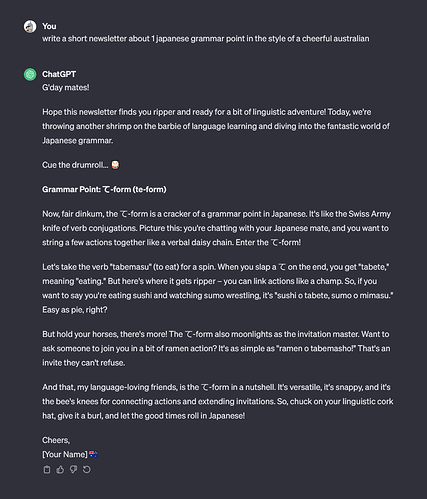 New Learning Order
New Learning Order 
As with previous levels, we have rearranged the learning order (please allow a bit of time before this reflects on the website). Themes are fairly similar to what we used in N5 and N4, with a bit of extra focus on phrases that are similar, are useful to learn together, or will be used in the same situations. (Please click each lesson tile for a full look at the new lineup)
Lesson 1 (Possibilities and Timeframes)
ばいい、たらいい、ばよっかた、中、の間に、うちに、ないうちに、べき、べきではない、って、なかなか、あまり、なかなか~ない、によると、によって、全く~ない、ことだ、そうだ、すると、そうすると、のは~の方だ、Noun + 型、てごらん
Lesson 2 (Extents and Reasons)
Combined Particles、である、ところが、ところで、ほど、ば~ほど、ほど~ない、では、のに、ため(に)、ために、という、ということだ、というのは、的、もの、ものだ、最中に、上で、おかげで、に基づいて、点
Lesson 3 (Limitations and Results)
なぜなら~から、こそ、からこそ、ばかり、ばかりだ、ばかりに、ことがある、ことにする、ことなの、ことになる、~は~で有名、ことはない、~と言っても、~と言っても②、といえば、合う、に合わせて、について、~(の)姿、と言える、ちゃんと、そのために、その結果
Lesson 4 (Amounts and Comparisons)
に比べて、どんなに~ても、いくら~でも、~かは~によって違う、かなり、あまりに、わけだ、わけではない、と同時に、ところだった①、だって、んだって、関係がある、に関する、に対して、くらい②、は~くらいです、さ (interjection)、さ (filler)、さ (casual よ)、それぞれ
Lesson 5 (Suppositions and Statements)
まま(に)、そこで、しかない、てもかまわない、~ても~なくても、わけがない、としたら、として、にしては、にしても、~というのは事実だ、からいうと、にとって、ことから、というより、はもちろん、をはじめ、て初めて、さえ、さえ~ば、たものだ
Lesson 6 (Topic Changes and Counterstatements)
さて、むしろ、つまり、即ち、却って、まるで~ようだ、ような気がする、とても~ない、別に~ない、ばかりでなく、ではなくて、だけでなくて~も、だけしか、は言うまでもない①、決して~ない、わけにはいけない、~ようとしない、もしかしたら、たとえ~ても、ことに、ことか、~かというと①、~かというと②、で言うと
Lesson 7 (Precision and Frequency)
~ずつ、ずっと②、だらけ、もっとも、再び、み、と同じくらい、と同じで、と並んで、に違いない、当たり、に当たる、に限る、とは限らない、めったに~ない、割に、Verb (volitional)、Verb (volitional) + としたが、言うまでもない②、そうもない、ないことはない
Lesson 8 (Co-occurring and Increasing Actions)
なんか、又~も、ついでに、と共に、につれて、直ちに、たとたんに、おきに、たびに、あるいは、ながらも、において、第一、ますます、一方だ、一方で、遂に、すでに、ずに、ずにはいられない、なし、考えられない
Lesson 9 (Do it this way, Did it that way)
必ずしも、連用形、向き、向け、上がる、切る、切れない、きり、かけ、にかけて、たて、込む①、込む②、ふりをする、できれば、でよければ、次第、とおり、でもある、どうしても、もしも~なら、同士
Lesson 10 (Labelling and Blame)
がたい、まさか、前者は、つい、せいで、くせに、がち、ぎみ、っぽい、っぱなし、わざわざ、一体、折角、っけ、代わりに、に代わって、どころか、という理由で、~は~となっている、左右する

 . Basically at the end of the day, your brain is constantly fighting you and actively wants you to forget things that are unimportant. We try to combat this as much as possible by setting up exposures in a way that frontload important information in a way that it can be recognized as important.
. Basically at the end of the day, your brain is constantly fighting you and actively wants you to forget things that are unimportant. We try to combat this as much as possible by setting up exposures in a way that frontload important information in a way that it can be recognized as important.
